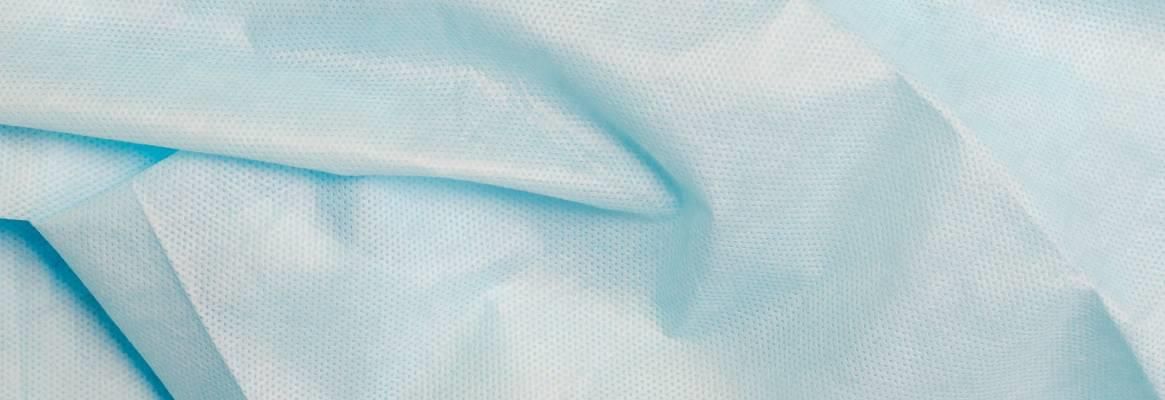Technical textile is a rapidly growing sub-component of the textiles industry that has generated its utility in numerous sectors. Its market in India grew 20 per cent by 2020-21 reaching $28.7 billion. India’s constantly growing manufacturing efficacy and leap towards modernization are some of the decisive factors contributing to upswing of this segment.
India’s resilience has already been defined globally in natural fibres and conventional textiles. After being the second-largest producer of polyester around the globe, India is now making its presence count in the technical textile industry contributing to a market volume of $19 billion. Technical textile is a rapidly growing sub-component that has generated its utility in numerous sectors. India’s constantly growing manufacturing efficacy and leap towards modernization are some of the decisive factors contributing to the upswing of this segment.
Technical textile accounts for around 13 per cent of the nation’s whole textile and clothing market along with contributing to GDP at 0.7 per cent. The consumption of technical textiles in India is merely 5-10 per cent while in some countries it is between 30-70 per cent. The setup of the National Technical Textiles Mission to achieve the growth rate of 15-20 per cent to enhance the domestic market volume of technical textiles to $40-50 billion by 2024. It is happening through investment promotions, multinational technical collaborations, market establishment and promotions etc.
Technical textile exhibited its prominence during the global crisis
The COVID-19 crisis became the global arena that exhibited the prominence of technical textile. Prohibition on the export of critical medical gears comprising N95 masks and other protective gears made imports to India almost impossible. For the PPE kits, India was completely dependent on imports. India soon became able to manufacture 2.5 lakh PPE kits every day in 60 days and became the second-largest manufacturer of PPE kits after China. Currently, India can manufacture nearly 4.5 lakh PPE kits and more than 1.5 crore masks daily.
Amidst the decline in the demand for textile and the economic slowdown due to COVID-19, the industry continued as the second-largest employer in India. The nation has shown its calibre to innovate and confront the challenge efficiently with limited time and resources. This is the reason why the industry and government need to collaborate to strengthen technical textiles which is the segment loaded with assorted possibilities.
Global possibilities for technical textiles
The market for technical textiles was at $165 billion in 2018, and it is estimated to reach $220 billion by the year 2025. The technical textile sector has been led by the Asia-Pacific region occupying 40 per cent of the global market. While Western Europe and North America stand at 22 per cent and 25 per cent respectively. The Asia-Pacific region has captured the major share of the sector due to faster urbanisation, and technological development in the construction, automobile, and medical industries.
India’s growth in technical textile is establishing the promising outset
India has shown praiseworthy growth in the technical textile sector and the contributing factors for it are changing consumer trends, low-cost labour, robust value chain, power sources etc. This is the reason behind India's encouraging growth of 20 per cent in the technical textile market reaching $28.7 billion by 2020-21 that was $16.6 billion in 2017-18 (Baseline survey of the technical textile industry, Ministry of textiles).
Though, still, the technical textile industry in India is import-dependent. Products like seatbelt webbings, hoses, protective clothing, wipes, and diapers etc are a significant part of India’s imports. Why are we still import-dependent? It's because we are focusing on small-scale segments like blinds, canopies, stuffed toys, zip fasteners, soft luggage, shoelaces, woven sacks, carpet backing, and canvas tarpaulin etc.
The shift towards speciality fibres can make a difference
While the typical fibres like synthetic fibres and natural fibres hold the 70 per cent share of total fibre usage in technical textiles. Whereas the speciality fibres hold the rest 30 per cent. Their valuable characteristics such as thermal stability, durability, and lightweight have made an increase in their demand globally. Therefore, the Speciality fibre market is expected to reach $46.9 billion by the year 2026.
Sustainable endeavours and provoking the shift towards sustainable preferences can boost the personal and societal expectations to bring humanistic values to the forefront in the textile industries. Our world is transforming rapidly and a prospect like technical textile can contribute to alleviating the industry, and consequently, our society with a much stronger sustainable conviction.
Choosing sustainable fibres for building the technical textile can make a big difference. It's time to sense our chore and give more exposure to sustainable actions and beliefs.
For the overall betterment of the industry, we need to put more focus on empowering the technical textile with our sustainable endeavours and innovative vision.







